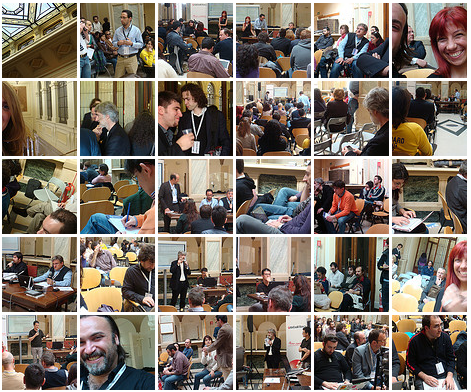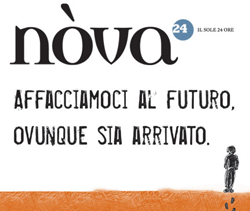Search versus Discoverability: What is your Search Strategy?
As I often say, it is good to serve at the SEMPO’s Board of Directors, as I can have very good exchanges with some of the smartest minds in the search and online marketing industry. A couple of months ago (maybe a little more) fellow SEMPO Board Director Duane Forrester asked a question: Search or Discoverability? What’s your search strategy?
 I believe Duane is in the process of writing a(nother) online marketing book, and the search versus discoverability topic surely seemed to be of some interest to him.
I believe Duane is in the process of writing a(nother) online marketing book, and the search versus discoverability topic surely seemed to be of some interest to him.
A good conversation raised around the topic, in a closed circle of emails with inputs from the likes of Dana Todd, Sara Holoubek, Jessica Bowman and Chris Boggs among the others, so I dropped my 2 percent to the conversation.
Today I found that old thread and decided to copy and paste my input on the matter, so to share it with you all – I would like to get your comments and your opinion on the search versus discoverability discussion, use the comment box below and feel free to tweet about this article.
Here we go – enjoy the reading!
Rock on – I like the question. In my opinion it is all a matter of positioning and target audience. Some “things” (businesses, events, organizations, brands, products) are not meant for a broad publicity, and do not need to be visible to everybody, but are meant to be discovered – by the right audience.
Some example? The first that comes to my mind is, of course, the Burning Man Festival and year-round community, but this can be applied also to products (niche-specific products such as specialty medical treatments or specialized construction or boating gear etc), organizations (i.e. Rotary Clubs, Masonic groups, exclusive Golf clubs, Museums Donors Funds, etcetera), businesses (highly specialized products and services) and brands (cult underground clothing brands, cult alternative music bands or film productions, etc.).
Basically, there is a whole word out there who doesn’t need to be slapped into everybody’s face – in advertising terms, they will never buy Superbowl airtime nor outdoor advertising.
These brand, products, organizations, etc. need to be discovered – not to be visible to everybody. In marketing-advertising terms, this can be achieved thanks to the recommendations and trust circles generated by the 2.0-social world (discovery by trusted input) or (and) thanks to search marketing, of course! =)
Search marketing (SEO and SEM) can definitely fit both needs, allowing to achieve either the largest possible audience (full-on visibility) or a very niche-specific, long tail target (can I call “meet the demand” a “piloted discovery“?). (more…)




